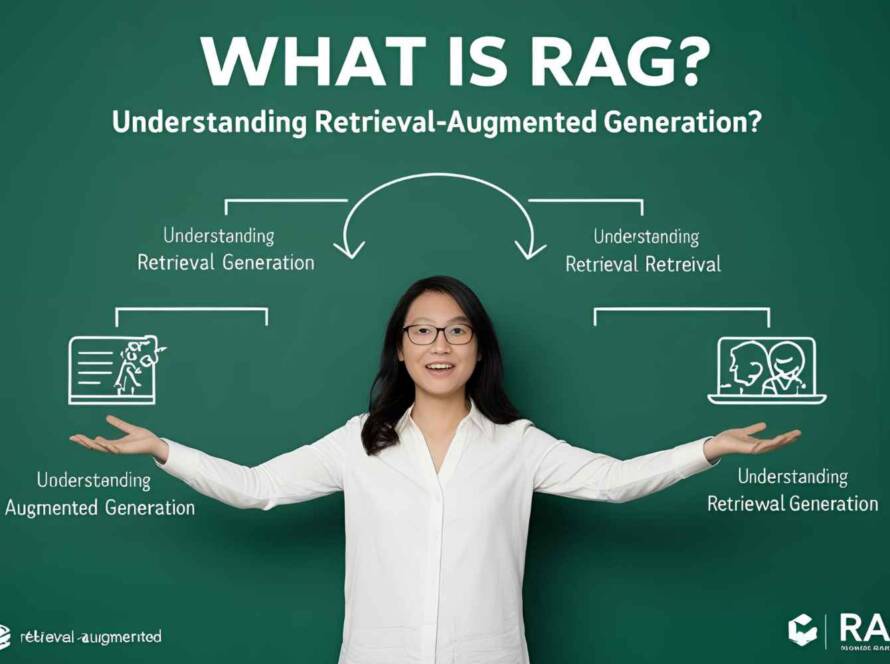Inspired by Ramin Hasani | TEDxMIT
Introduction
Artificial Intelligence (AI) has evolved rapidly, powered largely by deep learning models composed of hundreds of millions, even billions, of parameters. While these colossal models have demonstrated impressive capabilities—such as generating realistic images from text or writing code—they come with high costs, energy consumption, and limited adaptability.
But is scaling up always the right path to better AI?
In his compelling TEDxMIT talk, Dr. Ramin Hasani, research scientist at the MIT-IBM Watson AI Lab, introduces a groundbreaking alternative: Liquid Neural Networks (LNNs). These biologically inspired models are compact, adaptive, and continue learning even after deployment—offering a glimpse into a more efficient, accountable, and human-aligned future for AI.
From Algebra to AI: When Parameters Multiply
At its core, AI involves solving complex problems, similar to solving equations. With two unknowns and two equations, the math is straightforward. But deep learning complicates this significantly. Modern AI models contain millions to billions of parameters—each one representing a variable in the equation.
Take image generation as an example:
- A model with 350 million parameters can interpret a text prompt and generate a rough image of a dog.
- A model with 20 billion parameters, by contrast, produces hyper-realistic images, capturing textures, lighting, and perspective.
The implication: larger models offer richer, more accurate outputs—but at the expense of efficiency, interpretability, and energy.
The Deep Learning Paradox: Over-Parameterization
Classical statistical wisdom posited that increasing a model’s complexity improves performance only to a point—after which overfitting sets in, degrading performance on new, unseen data.
But deep learning introduced a new phenomenon: over-parameterized models that defy this rule.
- These models, often larger than the datasets they’re trained on, can still generalize remarkably well.
- Even more surprising, they demonstrate emergent behaviors—solving related tasks they weren’t specifically trained for.
This discovery revolutionized machine learning theory, but it also created a dependency on enormous datasets and computation—a major bottleneck for real-world applications.
The Limits of Scale: Challenges in Generalization and Reasoning
While increasing model size enhances generalization and robustness within a domain, it doesn’t necessarily improve reasoning or contextual understanding.
In fact:
- These large models may struggle with underrepresented samples or rare cases.
- Their reasoning abilities often remain weak, unless supported by external tools or simulations.
Moreover, large models are:
- Expensive to train and operate.
- Opaque and hard to audit.
- Environmentally taxing due to their energy demands.
Clearly, size alone isn’t enough. A new approach is needed—one that balances performance, flexibility, and accountability.
A New Frontier: Liquid Neural Networks
Enter Liquid Neural Networks (LNNs)—a paradigm shift inspired by biology.
Developed by Hasani and colleagues at MIT, LNNs use compact, dynamic architectures that adapt in real time. These networks:
- Continue learning after deployment—unlike static deep learning models.
- Require fewer parameters—sometimes fewer than 50 neurons.
- Deliver robust decision-making even in unpredictable environments.
One example: A liquid network with just 19 neurons can power an autonomous vehicle, identifying key visual features (like road edges) and ignoring irrelevant distractions. This selective attention and real-time adaptability are crucial for safe, transparent AI in the real world.
Visual Learning and Attention Without Supervision
Liquid networks can learn purely from visual demonstrations—no labels or manual annotations required.
In control systems, they:
- Focus attention on task-relevant signals.
- Ignore noise, distractions, or out-of-context data.
- Generalize to new situations, like changing weather or seasons.
This mimics how humans learn through observation and interaction, not just data.
The adaptability of these networks makes them especially valuable in fields where conditions change constantly, such as robotics, autonomous navigation, and climate modeling.
Intelligence Beyond Scale: Ethical, Efficient AI
Hasani highlights a critical insight: intelligence is not about size—it’s about design.
While large-scale models like GPT-4 or DALL·E dominate headlines, their scale introduces risks:
- Legal or ethical violations due to lack of oversight.
- Lack of interpretability in high-stakes domains like healthcare or finance.
- Environmental concerns from energy-heavy training.
Liquid networks, in contrast, offer a path to:
- Smarter, more explainable AI.
- Efficient performance with minimal computational load.
- Ethical deployment, with systems designed to learn responsibly and adjust dynamically.
Why Liquid Neural Networks Matter
| Advantage | Description |
|---|---|
| Compact Design | Fewer neurons and parameters mean less cost and easier deployment. |
| Continual Learning | LNNs adapt post-deployment, staying useful in dynamic environments. |
| Interpretability | Smaller models are more transparent and easier to debug. |
| Visual Learning | Learn from demonstrations—ideal for robotics and real-time decision systems. |
| Energy Efficient | Use less compute power, reducing carbon footprint. |
Real-World Applications of Liquid Neural Networks
- Autonomous Vehicles
LNNs offer safer driving systems that adapt to new terrains and conditions, making real-time decisions with fewer resources. - Healthcare Diagnostics
With continuous learning capabilities, LNNs can improve diagnostic tools by adapting to rare conditions or new variants. - Finance and Trading
These networks can analyze shifting markets, respond to volatility, and adapt to unseen financial patterns. - Edge Devices and IoT
Liquid networks excel on low-power devices—ideal for smart cameras, wearables, and industrial sensors. - Aerospace and Defense
In high-risk, dynamic environments, LNNs enable robust autonomous navigation and real-time decision-making.
Conclusion: Redefining the Future of AI
The future of AI is not necessarily bigger—it’s smarter.
Liquid Neural Networks represent a leap toward systems that are:
- Flexible and adaptive
- Efficient and scalable
- Ethically aligned and human-centric
As we enter an era where AI will be embedded in everything—from cars to medical devices to cities—LNNs offer a more sustainable, accountable, and intelligent path forward.



